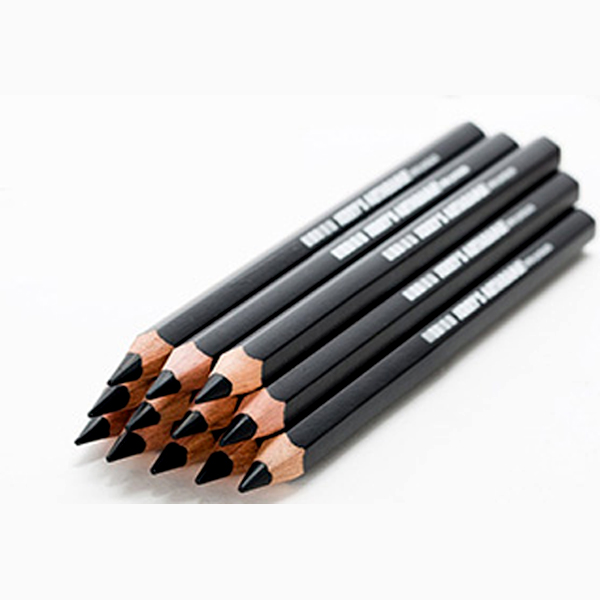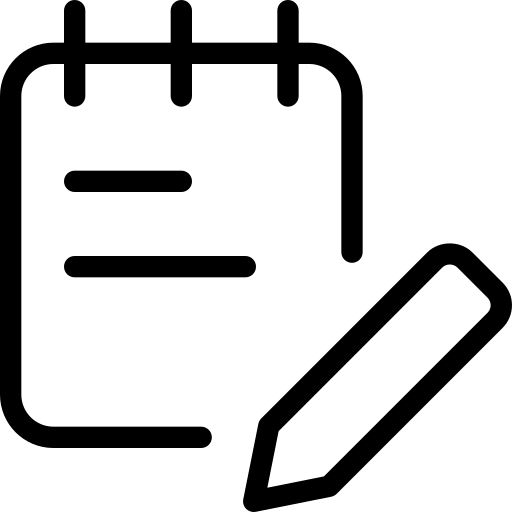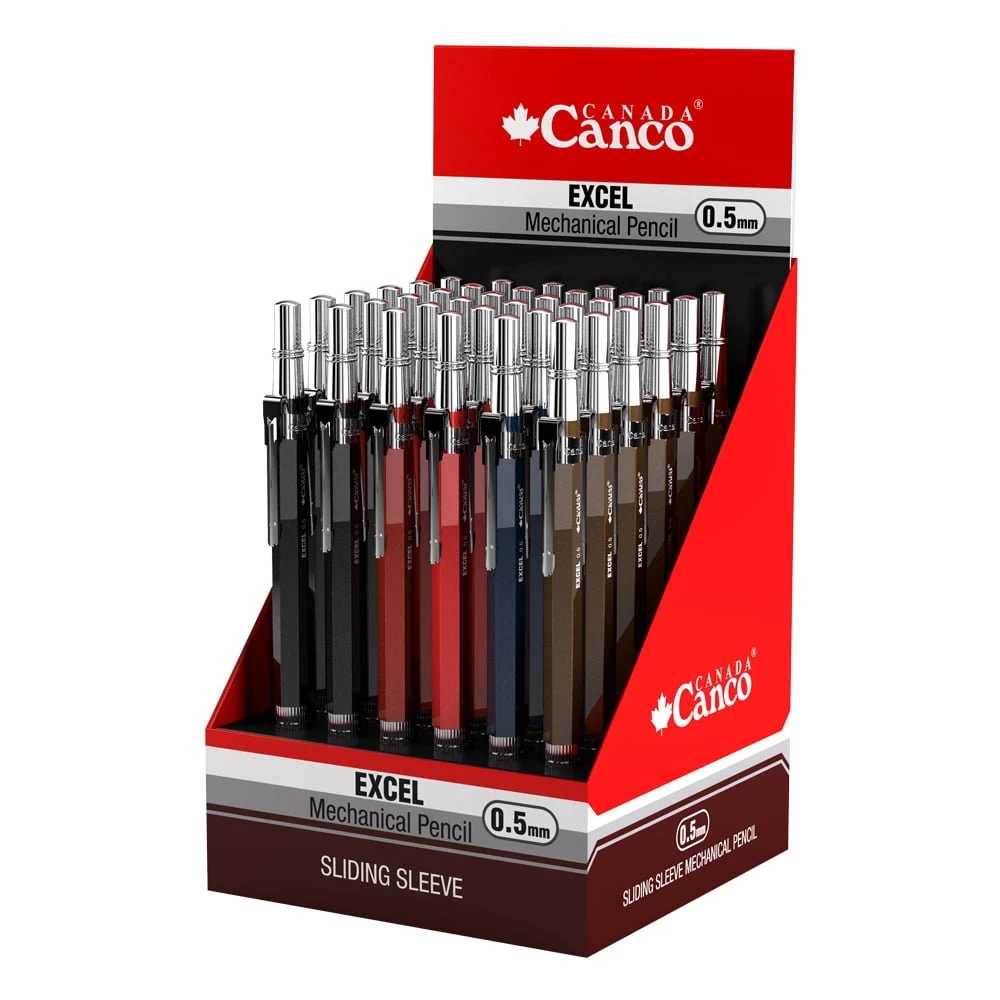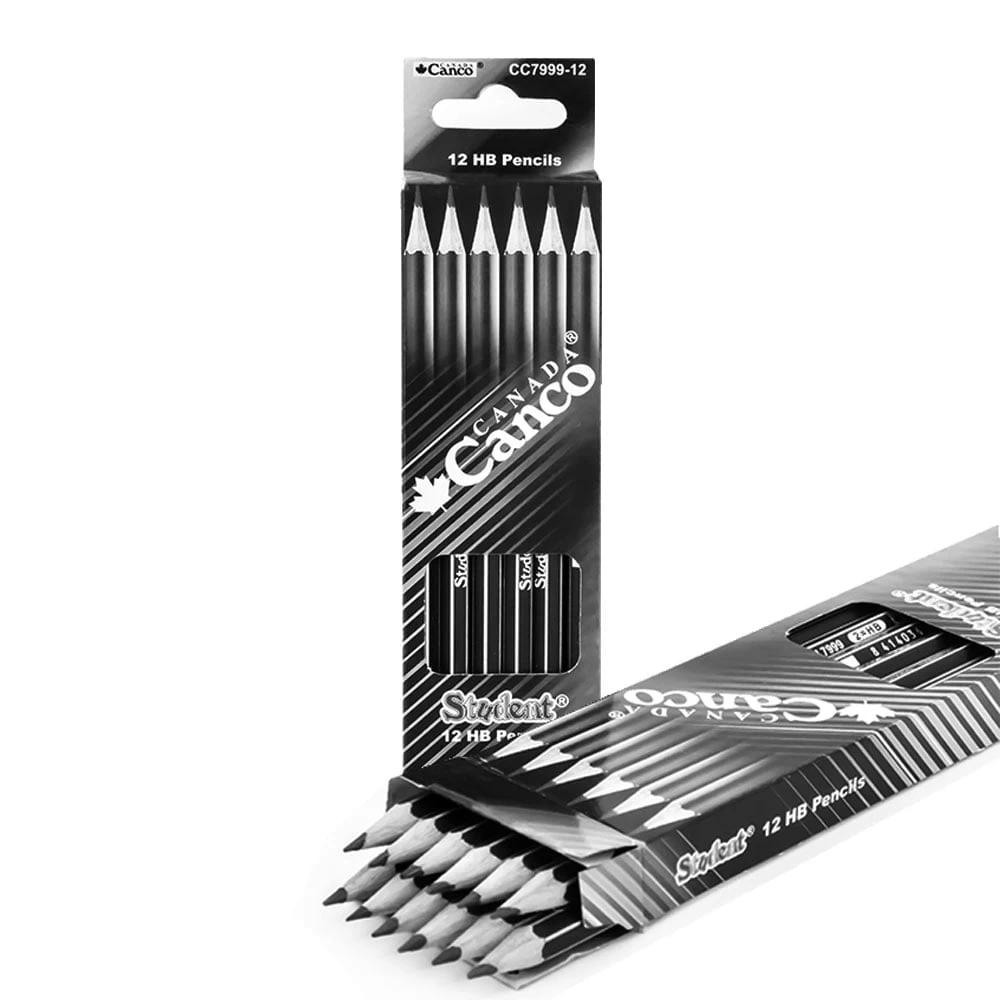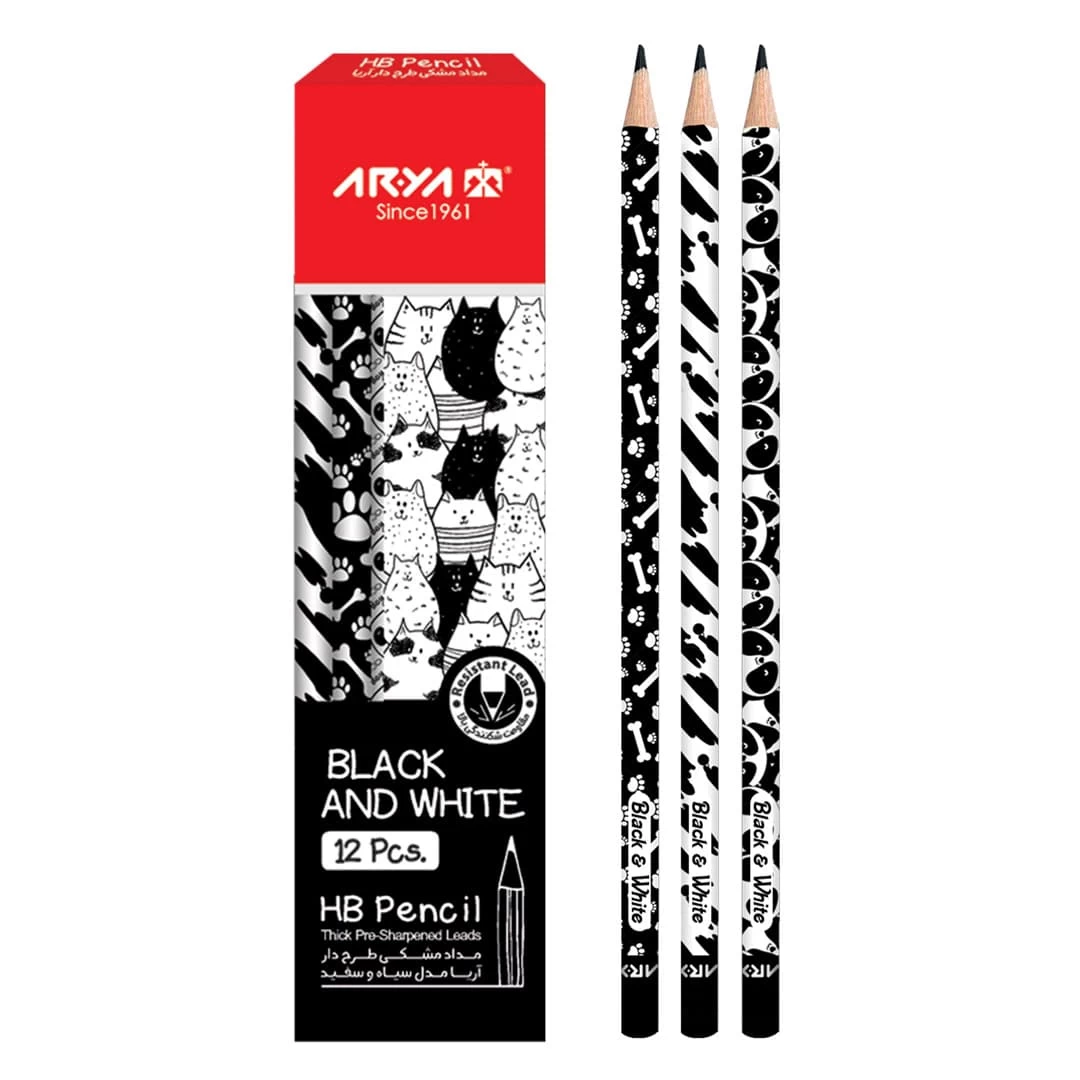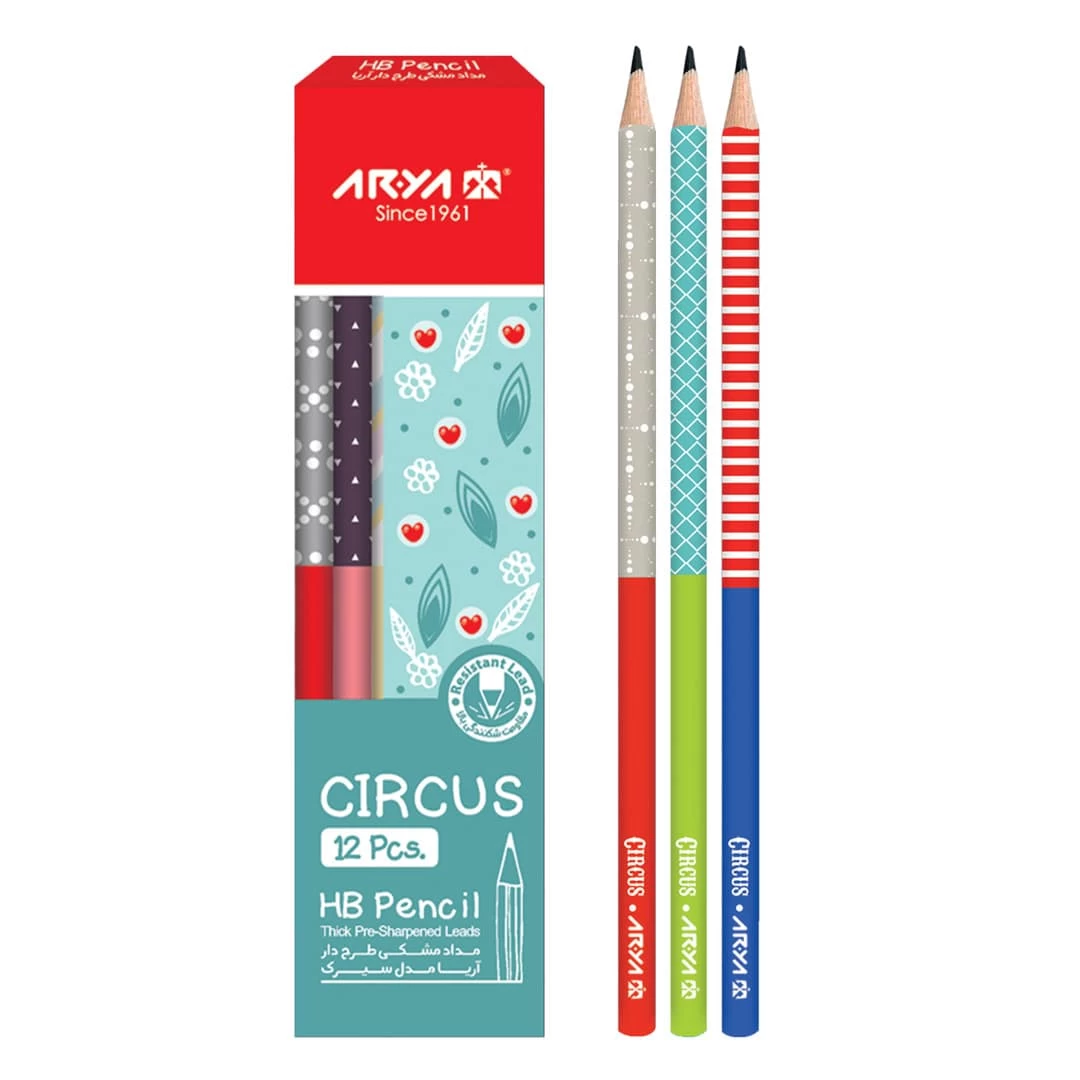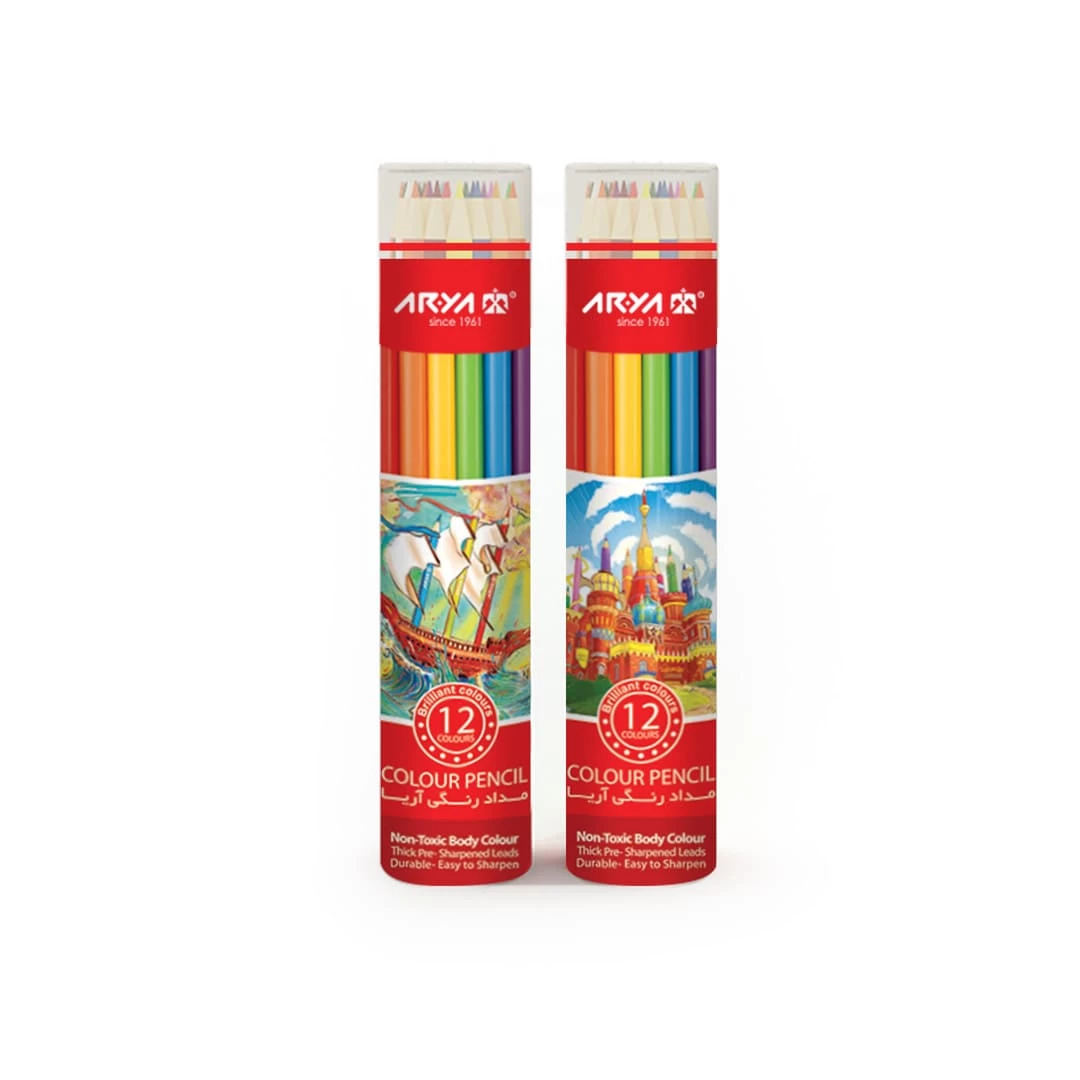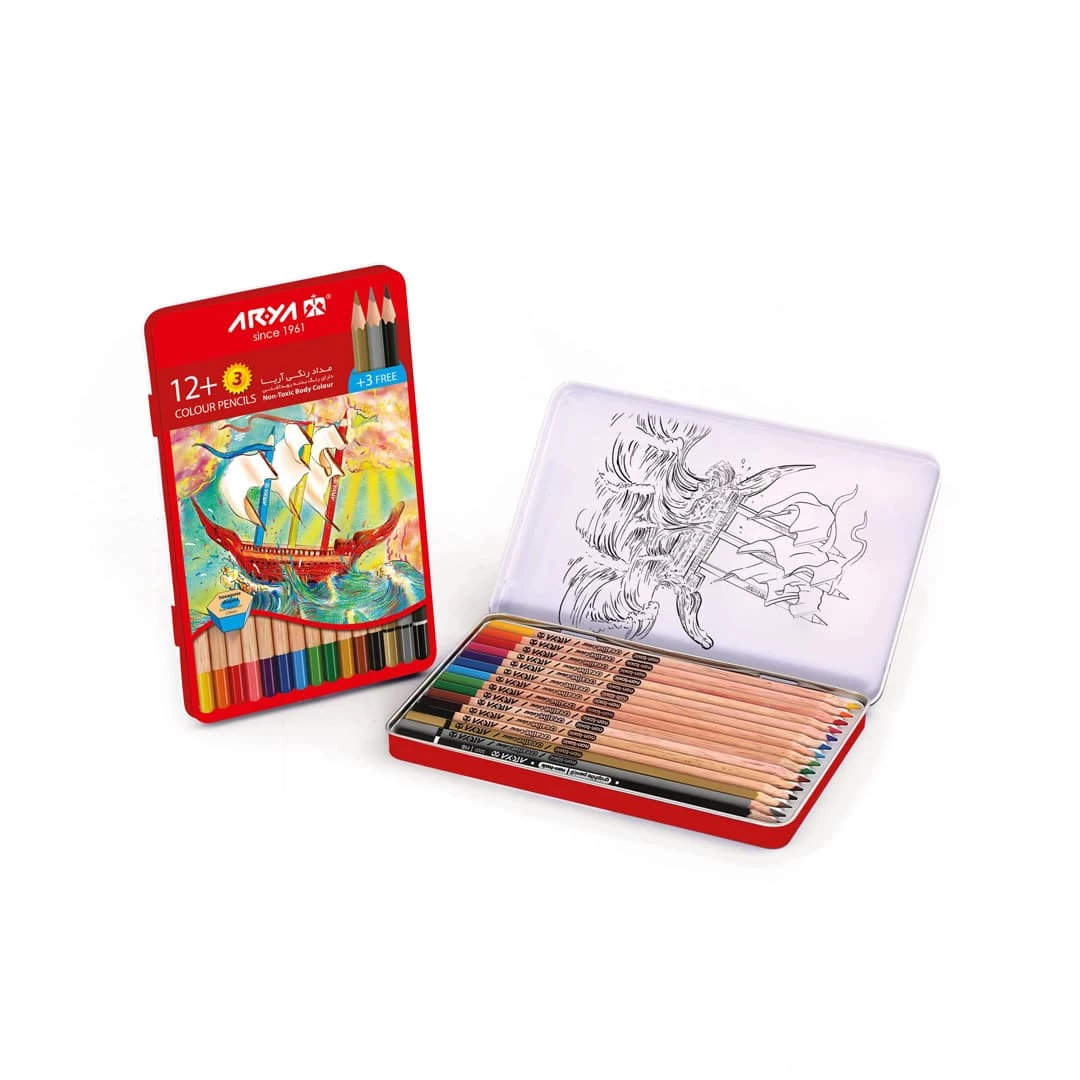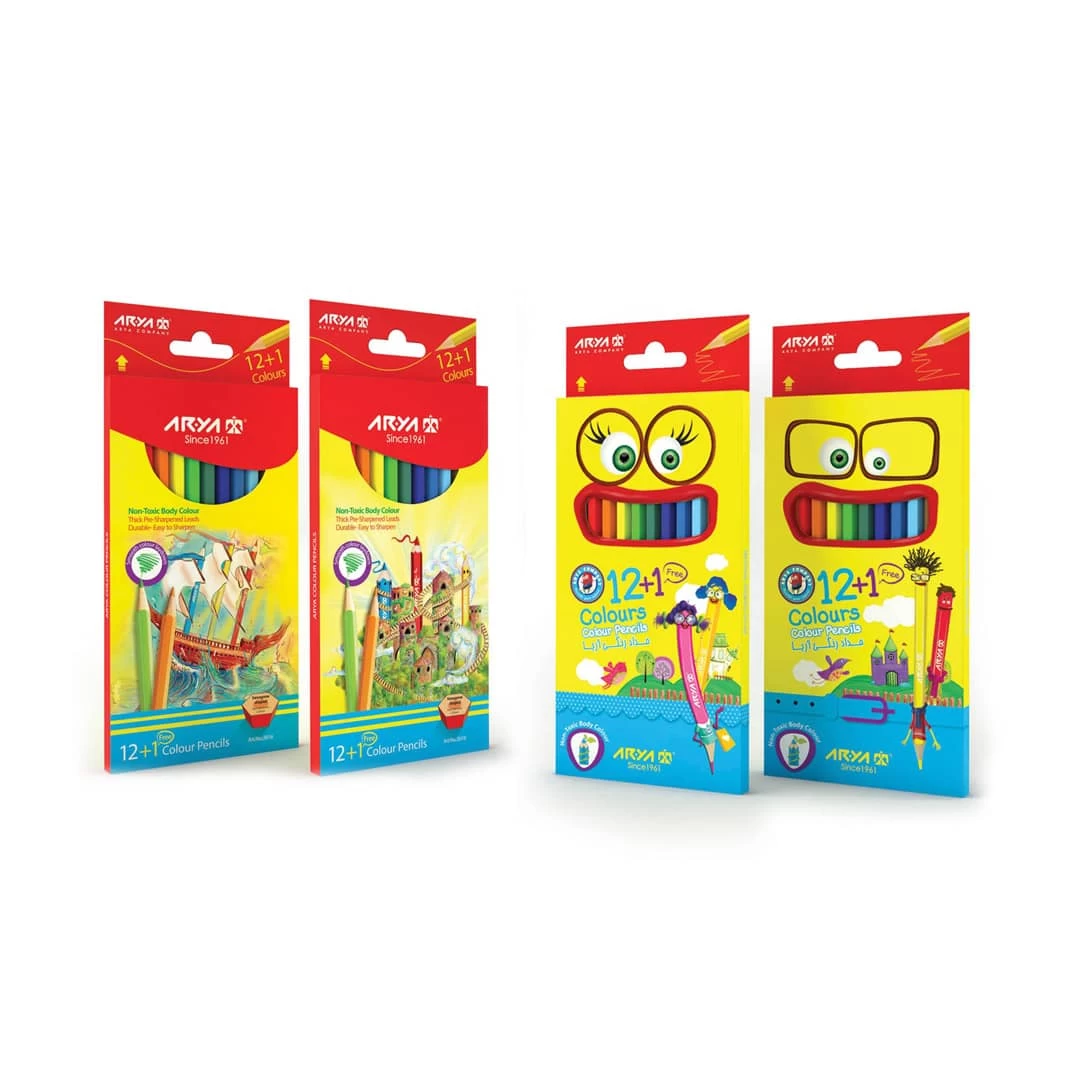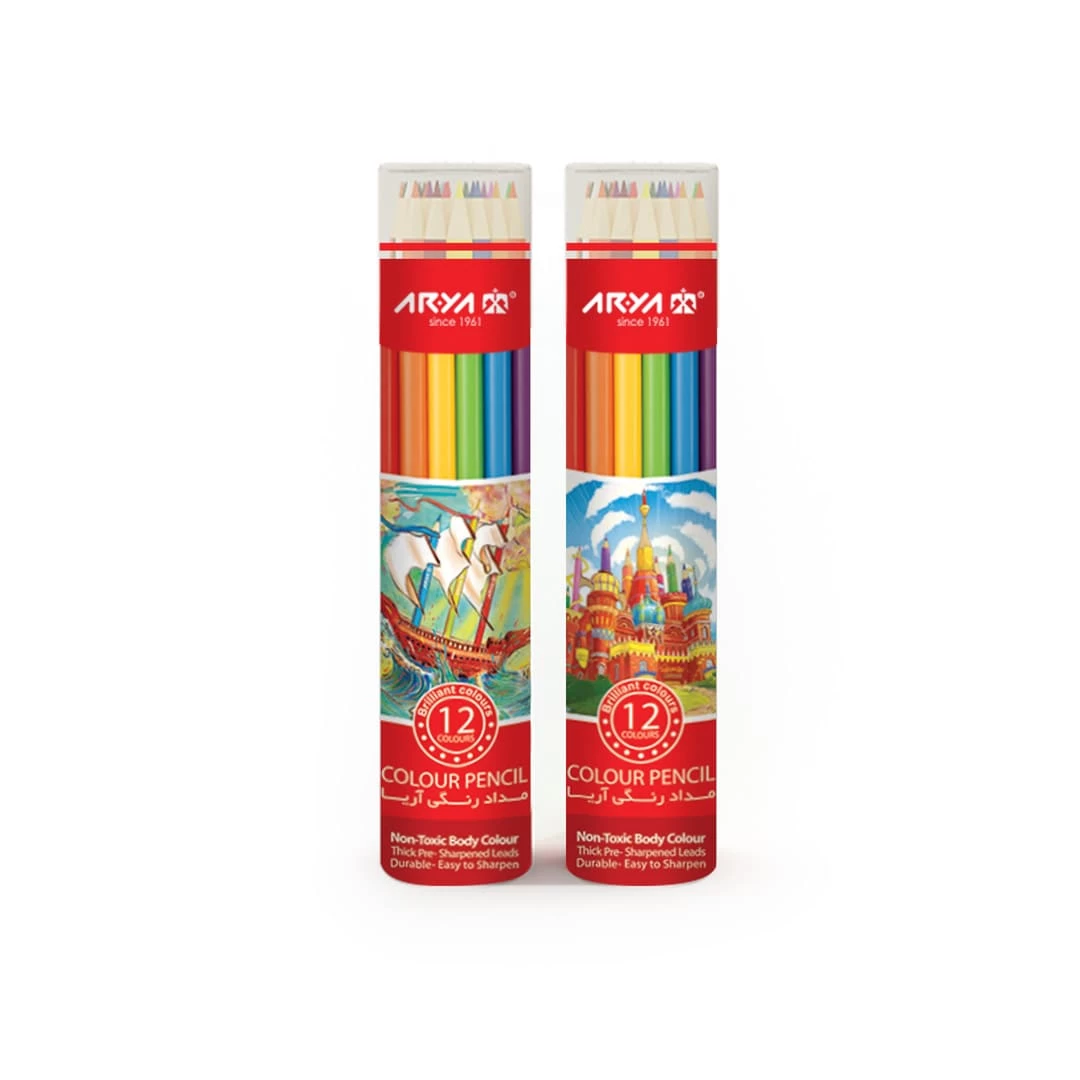Pencils
Pencils are writing and drawing instruments that have been used for centuries.
They consist of a thin cylindrical shaft made of wood or other materials, with a core of graphite or colored pigment at the center that leaves marks on paper or other surfaces.
Here are some different types of pencils:
1. Graphite Pencils: Graphite pencils are the most common type of pencils. They have a core made of graphite mixed with clay, which produces varying degrees of hardness. The hardness is indicated by a grading system ranging from H (hard) to B (soft). For example, an HB pencil is a medium hardness pencil commonly used for everyday writing and drawing.
2. Colored Pencils: Colored pencils have a wax or oil-based core that is pigmented with various colors. They are popular among artists, illustrators, and hobbyists for creating colorful drawings, shading, and blending. Colored pencils offer a wide range of vibrant hues and are available in different sets with varying color selections.
3. Mechanical Pencils: Mechanical pencils, also known as propelling pencils, feature a mechanism that advances a thin lead core instead of requiring sharpening. They come in various thicknesses, and the lead can be retracted by pressing a button or twisting the end of the pencil. Mechanical pencils are popular for technical drawings, writing, and precise work.
4. Carpenter Pencils: Carpenter pencils are designed for use in woodworking and construction. They have a rectangular shape rather than a cylindrical one, which prevents them from rolling off inclined surfaces. They typically have a medium to hard graphite core and are often used for marking and measuring.
5. Watercolor Pencils: Watercolor pencils work like regular colored pencils but have a water-soluble core. When water is applied to the marks made by watercolor pencils, the pigment dissolves and behaves like watercolor paint. This allows artists to create watercolor effects and blend colors easily.
6. Grease Pencils: Grease pencils, also known as wax pencils or china markers, have a waxy core that can write on various surfaces such as glass, plastic, and metal. They are commonly used in industrial applications, for labeling, marking, and writing on smooth surfaces.
7. Charcoal Pencils: Charcoal pencils are used primarily in art for drawing and sketching. They have a core made of compressed charcoal, which produces rich, dark lines. Charcoal pencils are versatile and allow artists to create a wide range of tones and textures.

These are just a few examples of the different types of pencils available. Each type has its unique characteristics and is suited for specific purposes, whether it's writing, drawing, coloring, or specialized applications.
There are various school products and supplies that students commonly use in their educational journey. Here are some different types of school products:
1. Notebooks: Notebooks are essential for students to take notes, write assignments, and organize their thoughts. They come in different sizes, such as standard letter size, A4, or smaller pocket-sized notebooks. Notebooks can have ruled, blank, or grid pages, depending on the student's preference and intended use.
2. Pens and Pencils: Pens and pencils are writing instruments that students rely on for everyday tasks. Ballpoint pens, gel pens, and rollerball pens are popular choices for writing, while pencils (graphite or colored) are commonly used for drawing, sketching, and note-taking.
3. Highlighters: Highlighters are brightly colored markers used to emphasize important information in textbooks, study materials, or notes. They help students identify key points, definitions, and concepts for better comprehension and revision.
4. Backpacks: Backpacks are essential for carrying books, notebooks, and other school supplies. They provide storage space and often have compartments and pockets to keep items organized. Backpacks come in various sizes, designs, and materials to suit different preferences and needs.
5. Binders and Folders: Binders and folders help students keep their papers, handouts, and assignments organized. Binders typically have rings to hold hole-punched papers, while folders have pockets to store loose sheets. They are useful for maintaining a structured system and preventing papers from getting lost.
6. Calculators: Calculators are used for mathematical calculations and problem-solving in subjects like math, science, and finance. Basic calculators are suitable for elementary and middle school students, while graphing calculators are more advanced and commonly used in high school and college-level math courses.
7. Rulers and Protractors: Rulers and protractors are measuring tools used in geometry, math, and technical drawing. Rulers help students draw straight lines and measure lengths, while protractors are used to measure and draw angles accurately.
8. Sticky Notes: Sticky notes, also known as Post-it notes, are small pieces of paper with adhesive backing. They are handy for jotting down reminders, marking pages in textbooks, or leaving short messages. Sticky notes can be easily attached and removed from surfaces without leaving residue.
9. Erasers: Erasers are essential for correcting mistakes made with pencils. They come in various forms, including pencil erasers, kneaded erasers (malleable and can be shaped), and eraser sticks (similar to pens). Erasers help students maintain neat and error-free work.
10. Art Supplies: Art supplies like paints, brushes, sketchbooks, and colored pencils are used in art classes or for creative projects. These supplies enable students to express their artistic abilities, explore different mediums, and create visual artworks.
These are just a few examples of the various school products and supplies that students commonly use. The specific items needed can vary based on grade level, subject requirements, and personal preferences.
_1711477539.jpg)
Exporting pencils can be a lucrative business opportunity. Here are 10 points to consider when it comes to exporting pencils:
1. Market Research: Conduct thorough market research to identify potential target markets and understand their demand for pencils. Consider factors such as demographics, cultural preferences, and competition.
2. Quality and Standards: Ensure that the pencils meet international quality standards and regulations to gain the trust of buyers. Quality control measures should be in place to maintain consistency and reliability.
3. Packaging: Optimize packaging for export, ensuring that it protects the pencils during transit and showcases the product attractively. Consider packaging options that are lightweight, durable, and environmentally friendly.
4. Logistics and Shipping: Plan the logistics and shipping process carefully to ensure timely delivery and cost-effectiveness. Consider factors like transportation modes, customs procedures, and documentation requirements.
5. Pricing Strategy: Develop a competitive pricing strategy that takes into account production costs, shipping expenses, and market demand. Consider factors such as currency exchange rates and pricing trends in the target markets.
Exporting pencils requires careful planning, market understanding, and attention to quality and logistics. By considering these aspects, you can position your pencil export business for success in the global market.

_1711477539.jpg)
Exporting pencils can be a lucrative business opportunity. Here are 10 points to consider when it comes to exporting pencils:
Exporting pencils requires careful planning, market understanding, and attention to quality and logistics. By considering these aspects, you can position your pencil export business for success in the global market.
FAQs
What are the various types of pencils available, and how do they differ in terms of their core composition and purpose?
The various types of pencils include graphite pencils, colored pencils, mechanical pencils, carpenter pencils, watercolor pencils, grease pencils, and charcoal pencils. They differ in core composition, with graphite pencils having a graphite and clay mixture, colored pencils having a wax or oil-based pigment core, and watercolor pencils having a water-soluble core. Each type serves different purposes like writing, drawing, coloring, or specialized applications.
How do different pencil grades, such as H, HB, and B, affect the darkness or softness of the lines produced?
Different pencil grades indicate the hardness or softness of the graphite core. H grades (e.g., 2H, 4H) are harder and produce lighter and crisper lines, while B grades (e.g., 2B, 4B) are softer and create darker and smoother lines. HB is a medium grade that offers a balance between darkness and hardness.
What are some common uses of colored pencils beyond coloring and drawing, and how do they differ from traditional graphite pencils?
Common uses of colored pencils beyond coloring and drawing include creating detailed illustrations, shading, blending colors, and adding texture to artwork. Unlike traditional graphite pencils, colored pencils have a wax or oil-based pigment core that allows for vibrant and varied colors. They are also often used for adult coloring books, highlighting and annotating documents, and creating artistic effects in mixed media artworks.
What are some innovative or eco-friendly advancements in pencil manufacturing or design that aim to reduce waste and promote sustainability?
Some innovative or eco-friendly advancements in pencil manufacturing or design include the use of recycled materials for pencil bodies, biodegradable or sustainable wood sources, water-based and non-toxic pigments, and pencils that can be refilled or have interchangeable leads to reduce waste. Additionally, some companies focus on sustainable forestry practices and support reforestation initiatives to offset the environmental impact of pencil production.
 +7929688-88-14
+7929688-88-14

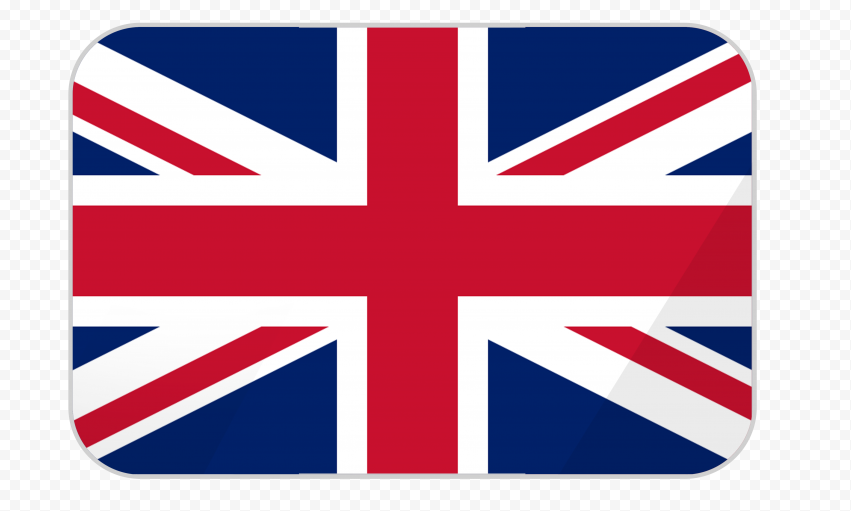 English
English
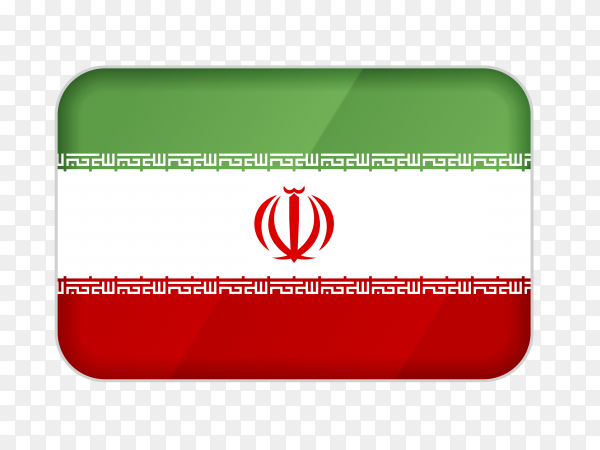 Persian
Persian
 Russian
Russian
 Chinese
Chinese


 +7929688-88-14
+7929688-88-14

